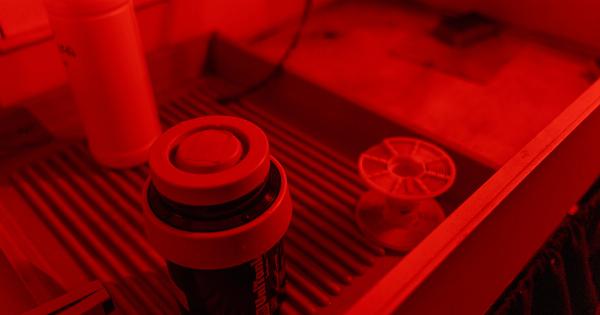A groundbreaking scientific breakthrough has brought hope for patients waiting for organ transplants as researchers have successfully restored functionality to dead pig organs.
The remarkable achievement has been made possible by a cutting-edge technology called Organex, which could potentially revolutionize the field of transplant medicine.
What is Organex and How Does it Work?
Organex is a novel bioengineering technique that involves the use of extracorporeal support systems to restore cellular function and metabolic activity in deceased pig organs.
By eliminating the internal damage caused by ischemia and reanimating the organs, Organex has the potential to expand the available pool of viable organs for transplantation.
Overcoming the Limitations of Traditional Organ Transplants
Organ transplantation has long been hindered by the limited availability of healthy organs. The demand for life-saving transplants far exceeds the supply, leading to long waiting lists and the unfortunate loss of many lives.
Traditional methods of organ preservation, such as cold storage, can only keep organs viable for a short time, limiting the potential transplantation window.
With Organex, the limitations associated with organ availability could be overcome. By rejuvenating organs that were previously deemed unsuitable for transplantation, this breakthrough technology provides new hope for patients in need.
The Potential of Organex in Saving Lives
Organex offers the potential to significantly increase the number of viable organs for transplantation, thereby reducing waiting times and saving countless lives.
The technique has already shown promising results in pig organs, which closely resemble human organs in terms of size and physiology.
The groundbreaking research conducted on pig organs demonstrated that Organex can restore the functionality of both the heart and liver.
These vital organs were infused with a specially formulated cocktail of nutrients, oxygen, and protective agents, stimulating cell regeneration and reactivating metabolic pathways.
Researchers observed that the organs began to pump and metabolize fluids just as they would in a living organism.
This remarkable discovery suggests that the potential applications of Organex extend far beyond pig organs and could eventually benefit human patients awaiting transplants.
The Future of Organ Transplantation
Although Organex is still in its infancy, the breakthrough holds tremendous promise for the future of organ transplantation.
By expanding the pool of viable organs, this technology has the potential to address long-standing challenges faced by transplant patients and medical professionals alike.
The success of Organex in restoring deceased pig organs has opened up avenues for further research and development.
Scientists are now exploring ways to refine the technique, optimize recipient compatibility, and extend the window for successful transplantation.
In addition to restoring functionality to non-viable organs, Organex may also enable researchers to enhance the quality of viable organs.
By removing any underlying damage and rejuvenating the organ, its overall health and longevity after transplantation could be improved, resulting in greater patient outcomes.
Ethical and Legal Implications
The remarkable breakthrough also brings forth several ethical and legal considerations.
While the use of pig organs has proven advantageous in terms of similarity to human organs, it raises questions about xenotransplantation and the potential risks associated with transferring pig pathogens to humans.
Additionally, the concept of restoring functionality to deceased organs raises questions about the definition of life and the boundaries of ethical intervention.
Striking the right balance between innovation and safeguarding ethical principles will be crucial as Organex continues to progress toward clinical application.
Conclusion
The Organex breakthrough represents an incredible advancement in the field of organ transplantation.
By restoring functionality and metabolic activity to deceased pig organs, this groundbreaking technology has the potential to revolutionize transplant medicine and save numerous lives.
As research and development in Organex continue, further refinements and optimizations will be made, bringing us closer to a future where organ shortages are a thing of the past.
This breakthrough holds immense promise, offering renewed hope for patients and transforming the landscape of organ transplantation as we know it.






























